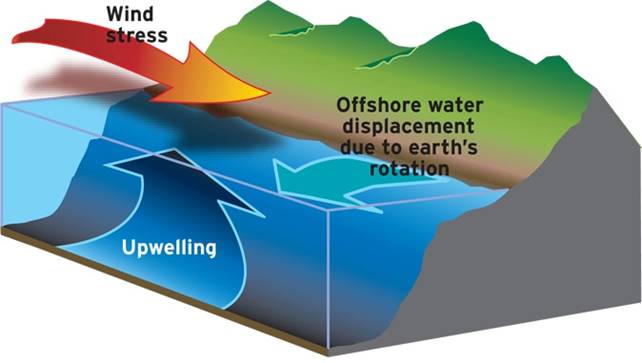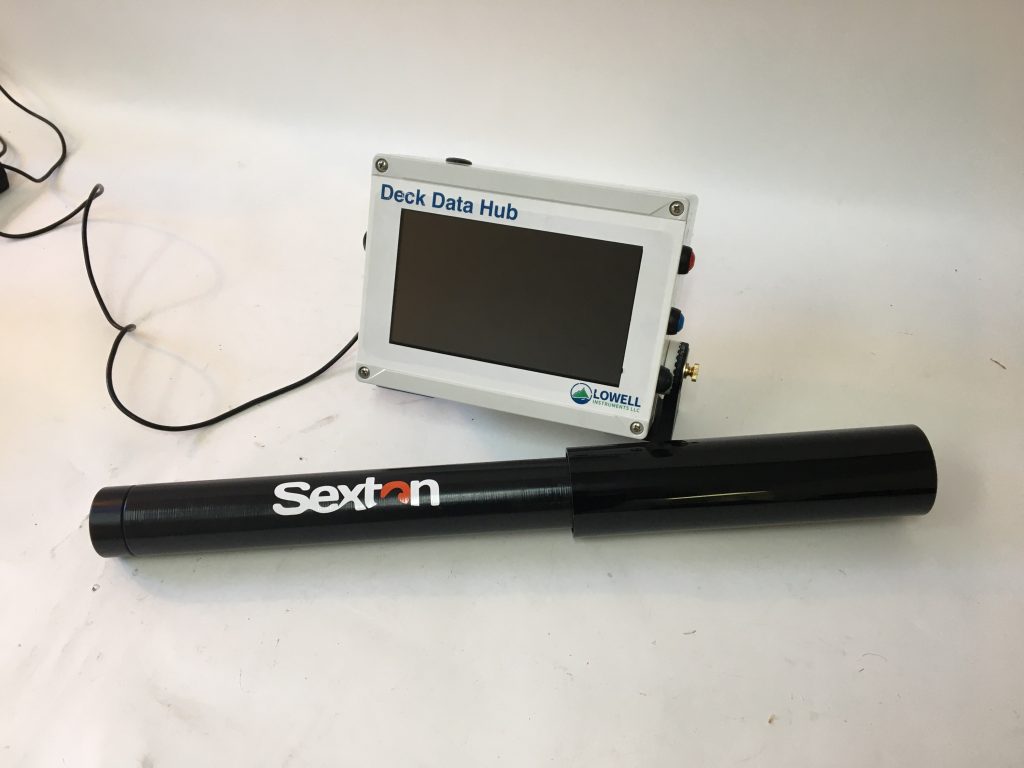Here at Inspiration Dissemination, we are fascinated by the moments of inspiration that lead people to pursue graduate studies. For our next guest, an experience like this came during a boat trip accompanying the National Oceanic and Atmospheric Administration (NOAA) on a research expedition. Becky Smoak, an M.S. student in OSU’s Marine Resource Management program, remembers feeling in awe of the vibrant array of marine life that she saw, including whales, sunfish, and sharks. Growing up on a farm in eastern Washington, Becky had always wanted to be a veterinarian. During her undergraduate studies at Washington State University, she came to feel that the culture of pre-veterinary students was too cutthroat. In search of something more collaborative, she came to Oregon State in summer 2019 for a Research Experience for Undergrads (REU) and was impressed by the support and inclusivity of her research mentors. A couple years later, Becky is now on the cusp of graduation after her time spent studying marine life.
Becky’s graduate work is the continuation of a long-running collaboration between Oregon State and NOAA out of the Hatfield Marine Science Center in Newport. Beginning in 1996 under the direction of Bill Peterson, a team of researchers has monitored oceanic conditions along a route called the Newport Hydrographic, which extends in a straight line eastward from the Oregon Coast and intersects the northern part of the vast Californian Current. The team takes samples of ocean water at fixed points along the route and analyzes the concentrations of plankton and other organisms or compounds of interest.
The specific biochemicals that Becky studies are Omega-3 fatty acids. In a set of experiments from the 1930s, rats fed with a diet poor in Omega-3 fatty acids eventually died, demonstrating that these compounds are essential to life and are not produced by mammals. Two types of Omega-3 fatty acids, called EPA and DHA, can only be synthesized by phytoplankton, microscopic photosynthetic organisms that live in the ocean. The ability of phytoplankton to produce fatty acids is intimately linked with oceanic temperature. Studies have shown that increases in sea surface temperature and decreases in nutrient availability can decrease the quality of fatty acids in phytoplankton, thus decreasing food availability and quality in the marine environment. Fatty acid levels have downstream effects on the ecosystem, for example on copepods, a type of zooplankton that feeds on phytoplankton. Becky’s team affectionately refers to the copepod colony of the chilly northern Pacific as the “cheeseburger” copepods, in contrast to the “celery” copepods of the southern Pacific colony. The present-day effect of temperature also points to a key ecological challenge, as warming oceans due to climate change could disrupt the supply of this vital nutrient.
In her thesis work, Becky seeks to untangle the contributions of phytoplankton community structure to oceanic Omega-3 fatty acid levels. She uses a set of statistical methodologies called nonmetric multidimensional scaling to uncover correlations in the datasets. A particularly interesting instrument used to collect her data is a flow cytometry robot dubbed ‘Lucy’. Lucy uses advanced imaging to count individual plankton and characterize their sizes. This yields an improvement in accuracy over older monitoring techniques that assumed a fixed size for all plankton. Becky’s goal for finishing her thesis is to create a statistical procedure for predicting fatty acid availability given information on phytoplankton population structure.
To hear more about Becky’s journey to OSU, her experiences as a first-generation college student, and the fascinating role of Omega-3s in marine ecosystems, be sure to tune in this Sunday October 9th at 7pm on KBVR.
This article was written by Joseph Valencia.








